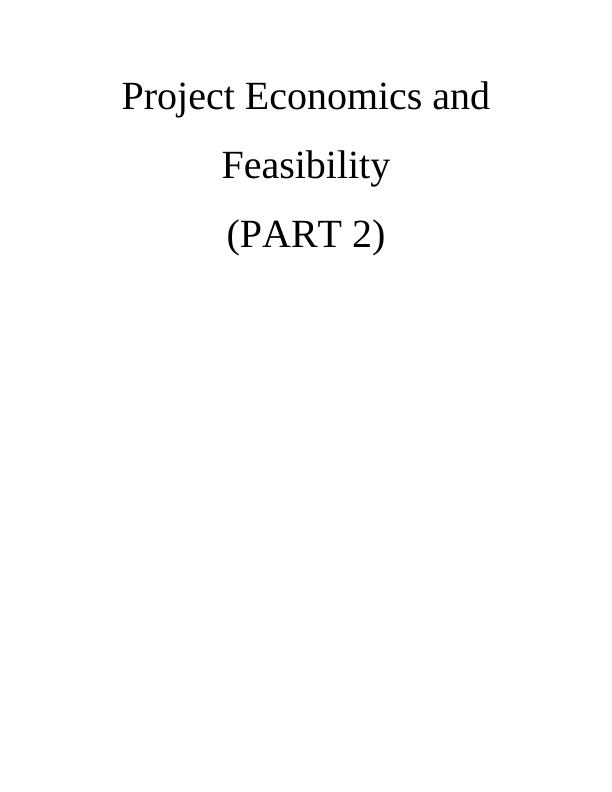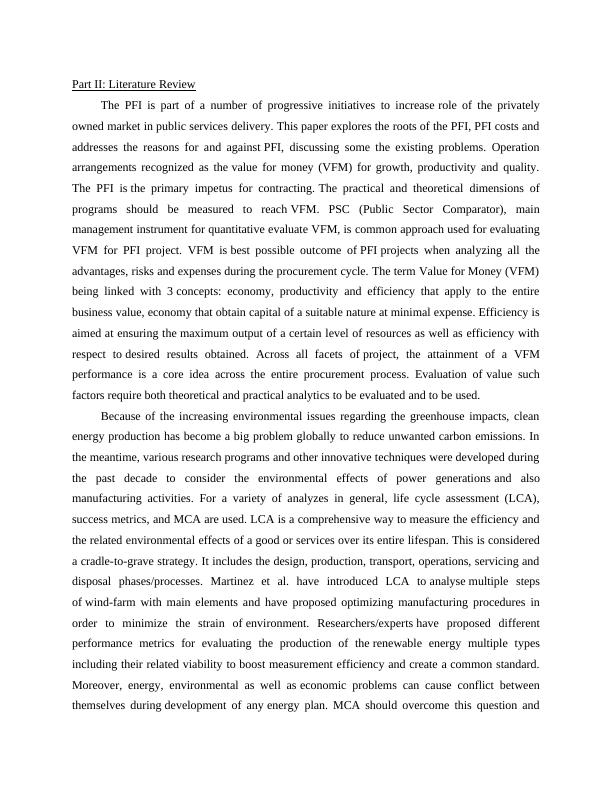Literature Review on PFI and Clean Energy Production
8 Pages2272 Words77 Views
Added on 2023-01-11
About This Document
This literature review discusses the roots of PFI, PFI costs, and the reasons for and against PFI. It also explores clean energy production and its environmental effects. The concept of value for money (VFM) and the role of risk allocation in PFI projects are also examined.
Literature Review on PFI and Clean Energy Production
Added on 2023-01-11
ShareRelated Documents
End of preview
Want to access all the pages? Upload your documents or become a member.
Transport, Environment and Health: Developing Sustainable Policies for Urban Settings in European Countries
|10
|820
|357
Green Supply Chain Management Strategies and Practices
|15
|979
|97
Global SUPPLY CHAIN vs LOCAL SUPPLY CHAIN Introduction
|11
|3566
|431
Study Strategic Issues of Moana NZ
|19
|4395
|35



